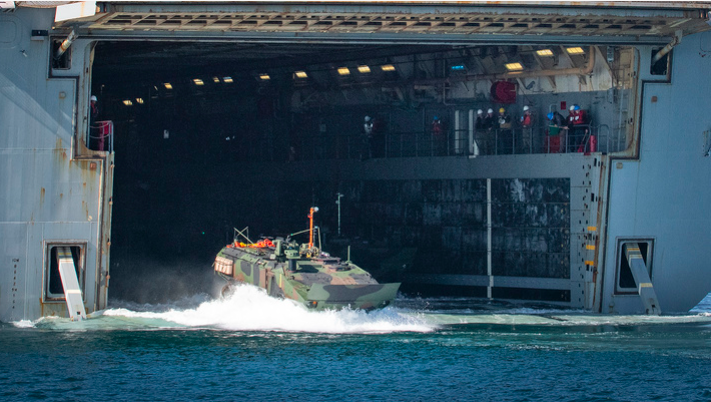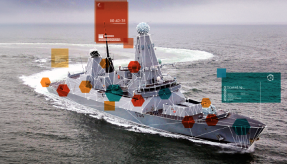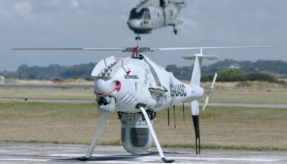
BAE Systems has received task instructions from the US Marine Corps to complete a study of incorporating Advanced Reconnaissance Vehicle- Command, Control, Communication and Computers/Unmanned Aerial Systems mission pay load on an Amphibious Combat Vehicle (ACV) variant.
Pending the results of the phase 1 study, the Marine Corps may pursue modification of an ACV to install the C4/UAS payload.
This C4/UAS variant will provide the transformational technology Marines need to observe their surroundings, collect and integrate information, and sense new targets over the horizon.
With the proven ability to self-deploy from a variety of US Navy ships, the ACV C4/UAS will feature a state-of-the-art battle management system and advanced sensing capabilities.
Offering a substantial level of commonality with other ACV variants, BAE Systems will work toward a fully open-architecture approach, allowing for rapid technology refresh and upgrades, including seamless integration of future technologies and capabilities.
This has the potential to provide the Marine Corps significant economies of scale in development and life-cycle management costs.
The ACV is a highly mobile and proven solution capable of conducting rapid ship-to-objective maneuver, delivering enhanced combat power to the Fleet Marine Forces.
Developed with teammate IVECO Defence Vehicles, the ACV represents the optimum balance of sea and land mobility, survivability, and future growth potential.
BAE Systems has received two full-rate production contracts since the Marine Corps declared Initial Operational Capability (IOC) for the ACV Family of Vehicles program, which includes the ACV personnel variant (ACV-P) and the ACV command variant (ACV-C).
The company is currently under contract to design and develop a 30mm cannon variant (ACV-30), and a recovery variant (ACV-R) is also planned.
ACV C4/UAS engineering, integration, and fabrication is taking place at BAE Systems locations in Stafford, Virginia; San Jose, California; Sterling Heights, Michigan; and York, Pennsylvania.
John Swift, Vice President of amphibious programs at BAE Systems, said: “BAE Systems is dedicated to offering innovative combat system solutions to meet the multi-domain needs of the US Marine Corps’ modernisation efforts.
“Adding the C4/UAS variant to the ACV Family of Vehicles (FoV) may offer development and life cycle cost savings. We look forward to continuing our commitment to the Marines’ ability to be unmatched on the battlefield.”
If you would like to join our community and read more articles like this then please click here







